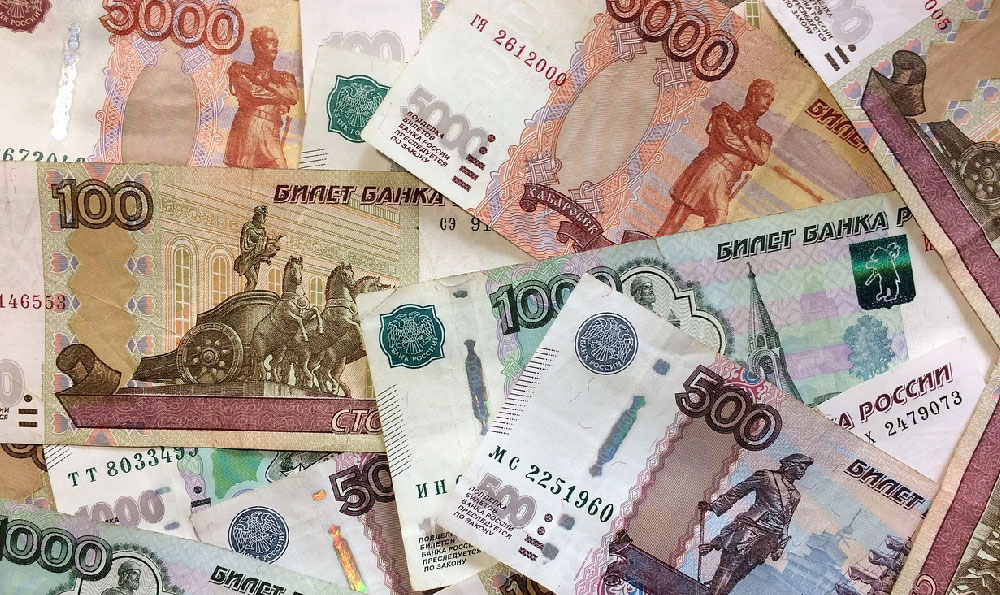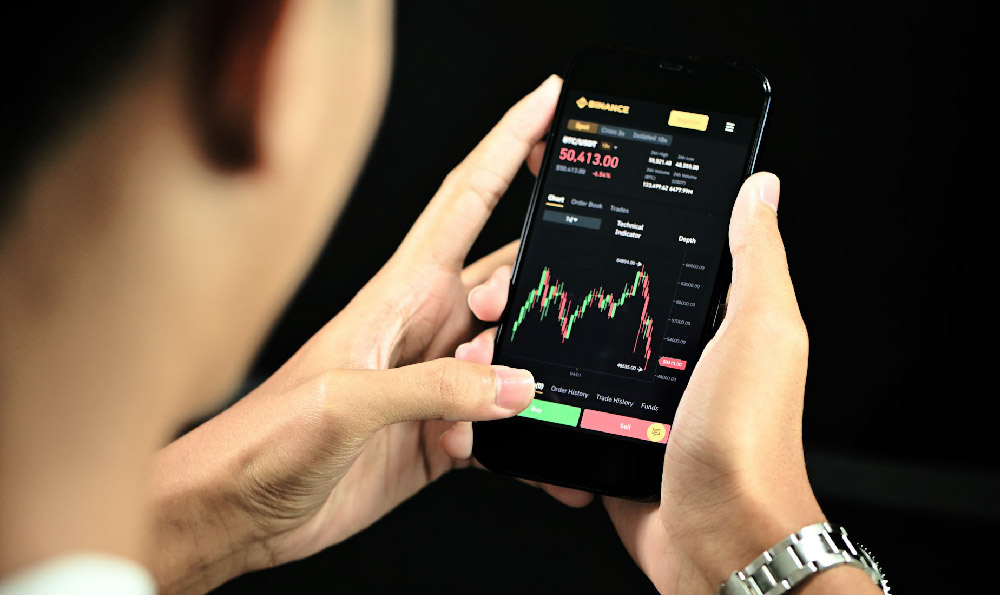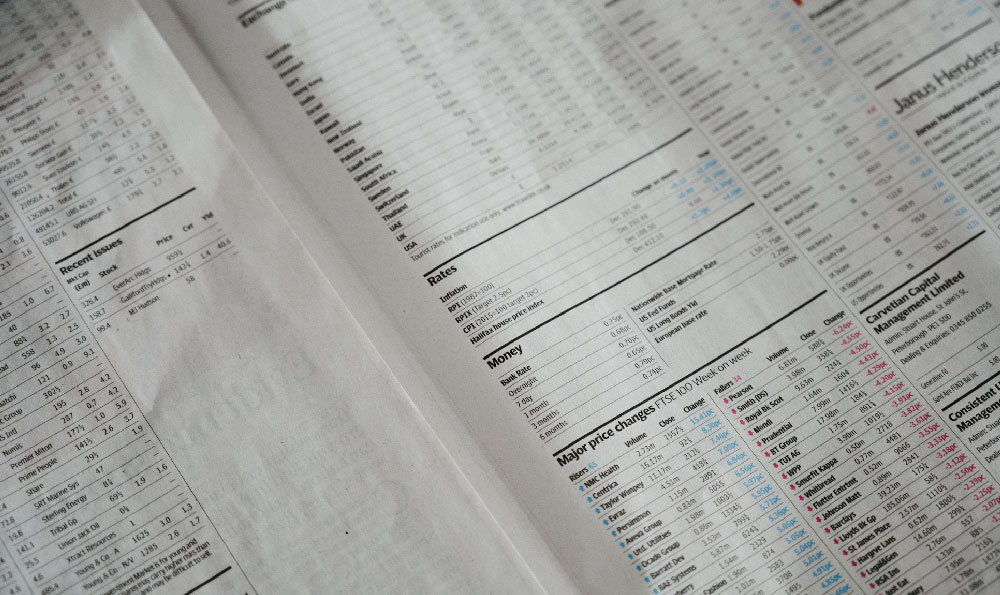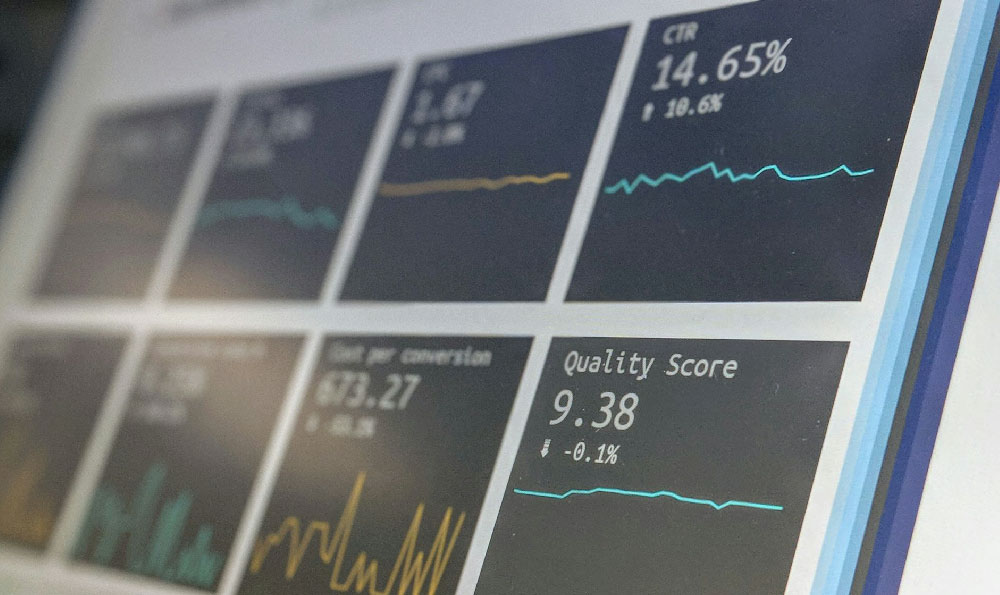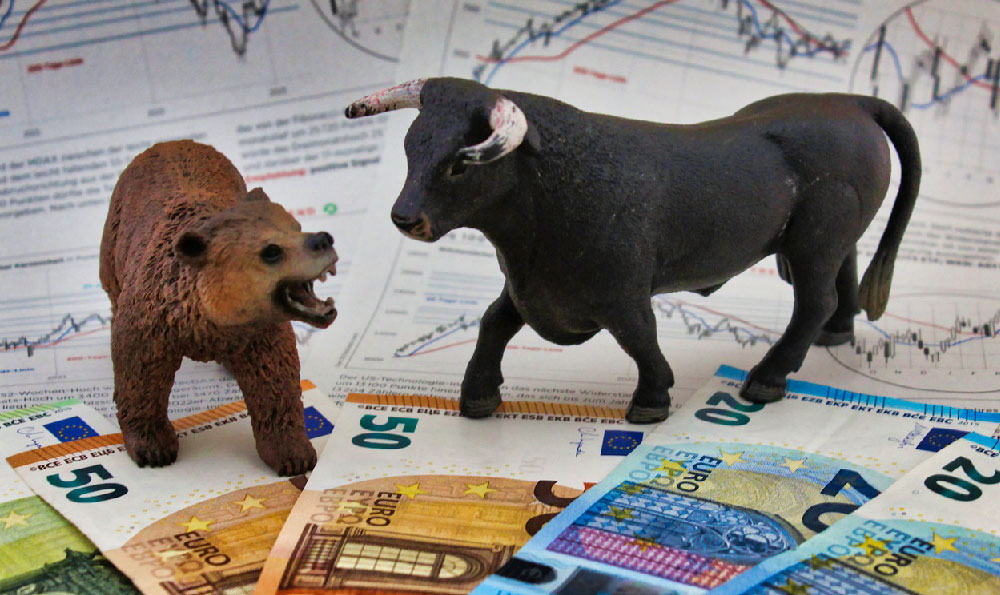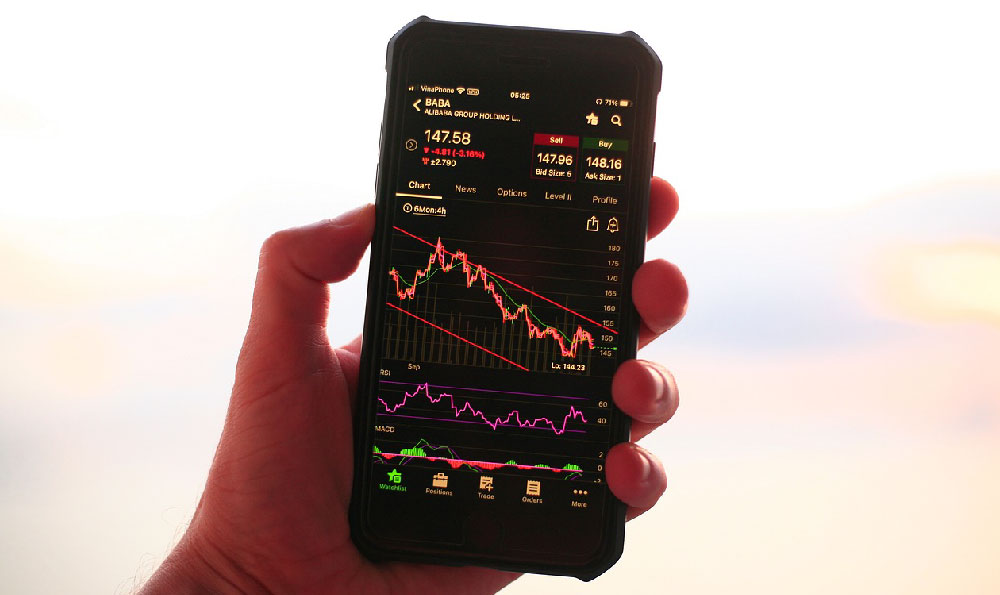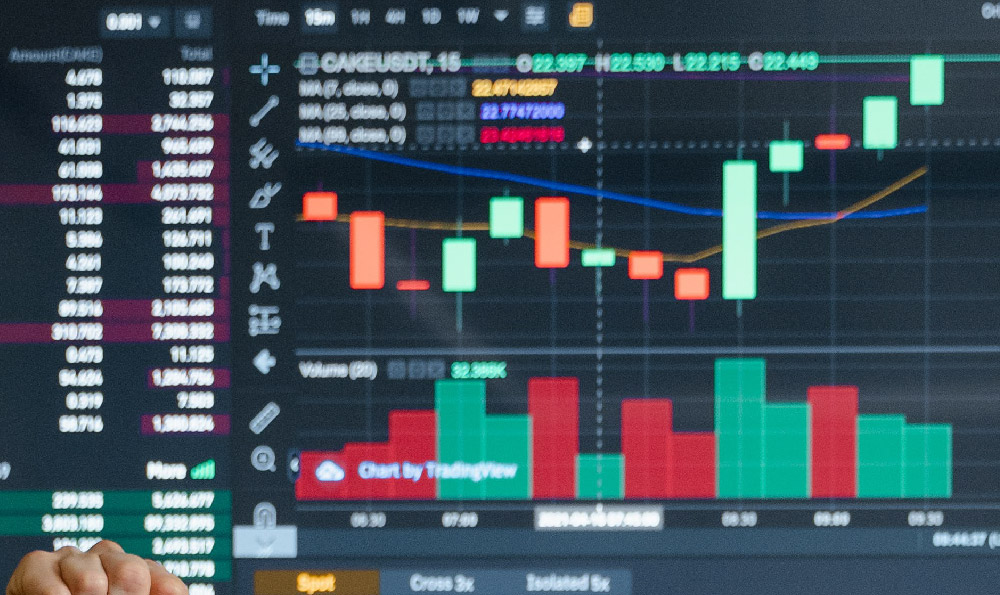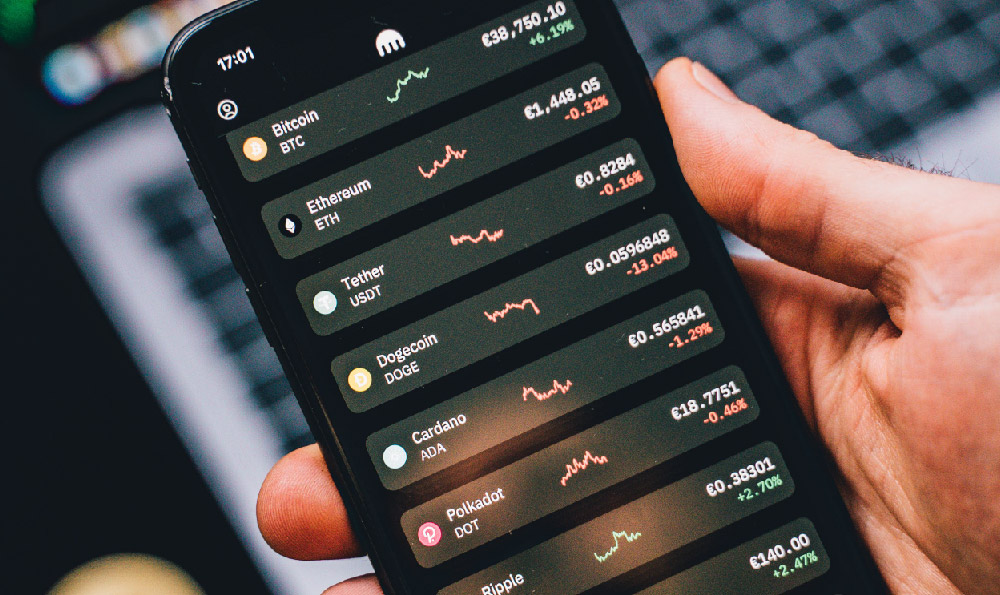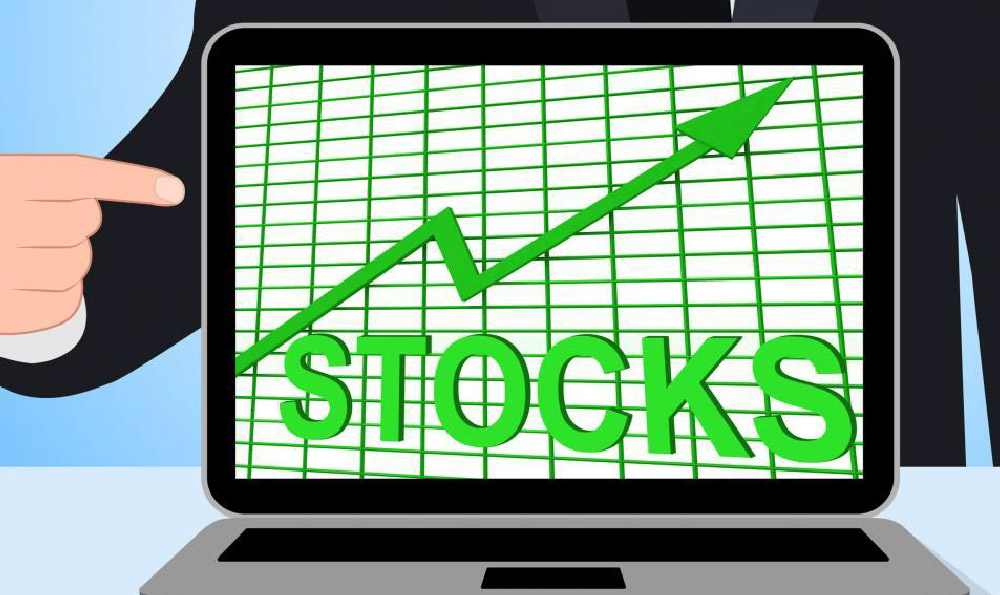The allure of Pokémon cards, those vibrant squares of cardboard depicting fantastical creatures, has transcended childhood nostalgia. They've become a legitimate asset class, attracting investors, collectors, and opportunists alike. The question of whether Pokémon cards are "worth money" isn't a simple yes or no. The answer lies in a complex interplay of factors that determine the value of individual cards. Understanding these factors is crucial whether you're looking to offload a dusty childhood collection or strategically invest in the Pokémon TCG (Trading Card Game) market.
One of the primary drivers of value is rarity. Cards with limited print runs, like those from early sets (Base Set, Jungle, Fossil), especially the first edition prints, tend to command high prices. Misprints and error cards, though technically flaws, are often sought after due to their uniqueness and scarcity. Holographic cards, typically more difficult to pull from booster packs, generally hold more value than their non-holographic counterparts. Specific cards, such as Charizard from the Base Set, have become iconic and are highly collectible, leading to inflated prices.
Beyond rarity, condition is paramount. Grading services like PSA (Professional Sports Authenticator), BGS (Beckett Grading Services), and CGC (Certified Collectibles Group) assess the condition of cards on a scale from 1 to 10, with 10 being "Gem Mint." A card in pristine condition, free from scratches, creases, whitening, or centering issues, can fetch significantly higher prices than the same card in poorer condition. The difference in value between a PSA 7 and a PSA 10 can be astronomical, sometimes exceeding hundreds or even thousands of dollars. Investing in professional grading is often a wise decision, as it provides an objective assessment and verification of authenticity, increasing buyer confidence and ultimately driving up the selling price.
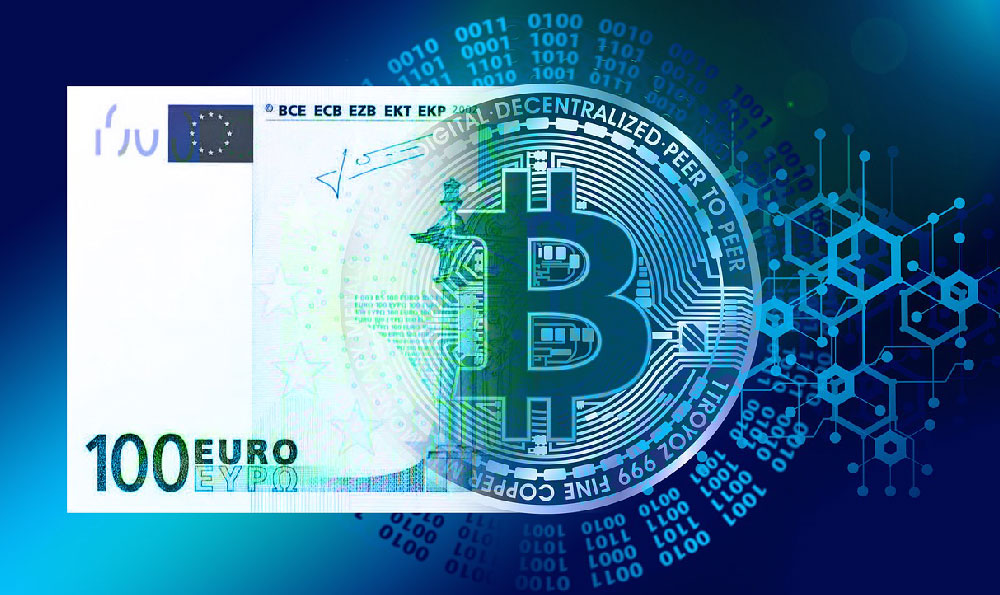
The specific Pokémon featured on the card also impacts its value. Popular Pokémon like Charizard, Pikachu, and Mewtwo tend to be more desirable than less popular characters. Within each Pokémon's card variations, some designs are more aesthetically pleasing or strategically advantageous in the TCG, further influencing demand. The card's set and year of release are also crucial. Early sets hold historical significance and are generally more valuable than newer sets, although exceptions exist for certain chase cards in modern releases.
The overall market sentiment plays a significant role. Like any collectible market, the Pokémon card market is subject to trends and speculation. Prices can fluctuate based on social media hype, celebrity endorsements, or the release of new video games or anime seasons. Keeping abreast of current market trends and understanding the underlying demand for specific cards is essential for maximizing returns.
Now, let's explore the options for selling your Pokémon cards. Several avenues exist, each with its own advantages and disadvantages:
-
Online Marketplaces: Platforms like eBay, TCGplayer, and Facebook Marketplace offer a wide reach to potential buyers. eBay allows for auctions or fixed-price listings, while TCGplayer specializes in trading card games and provides tools for pricing and inventory management. Facebook Marketplace is a local option that can be useful for selling bulk lots or less valuable cards. However, selling on these platforms requires careful photography, accurate descriptions, and diligent customer service. You'll also need to factor in seller fees, shipping costs, and the risk of scams.
-
Local Card Shops: Many cities have local card shops that buy and sell Pokémon cards. This option offers the convenience of immediate payment and eliminates the hassle of shipping. However, card shops typically offer lower prices than online marketplaces, as they need to factor in their own profit margins. Negotiating skills are essential if you choose this route.
-
Consignment: Some card shops or online platforms offer consignment services, where they sell your cards on your behalf and take a percentage of the sale price. This can be a good option if you lack the time or expertise to sell your cards yourself. However, it's crucial to research the consigner's reputation and ensure that they have a track record of successful sales.
-
Auction Houses: For high-value or rare cards, auction houses specializing in collectibles can be a viable option. These houses have a large network of potential buyers and can generate significant buzz around your cards. However, auction houses typically charge high commission fees, and the process can be lengthy.
-
Private Sales: Selling directly to collectors through online forums, social media groups, or personal connections can be a lucrative option. This requires building relationships within the Pokémon card community and establishing a reputation for honesty and reliability.
When selling Pokémon cards, it's crucial to protect yourself from scams. Always use secure payment methods like PayPal Goods & Services, which offer buyer and seller protection. Be wary of buyers who offer suspiciously high prices or request payment through unconventional channels. Thoroughly research potential buyers and sellers before engaging in any transactions. Document every step of the selling process, including photographs of the cards, shipping receipts, and communication records.
Ultimately, the value of Pokémon cards is subjective and can fluctuate over time. While some cards may hold significant monetary value, others may be worth only a few cents. By understanding the factors that influence value, researching the market, and choosing the right selling strategy, you can maximize your returns and avoid potential pitfalls. Whether you're a seasoned collector or a novice seller, approaching the Pokémon card market with knowledge, caution, and a healthy dose of enthusiasm is key to success. Remember that the world of Pokémon cards is dynamic and ever-evolving, so continuous learning and adaptation are essential for staying ahead of the game.


